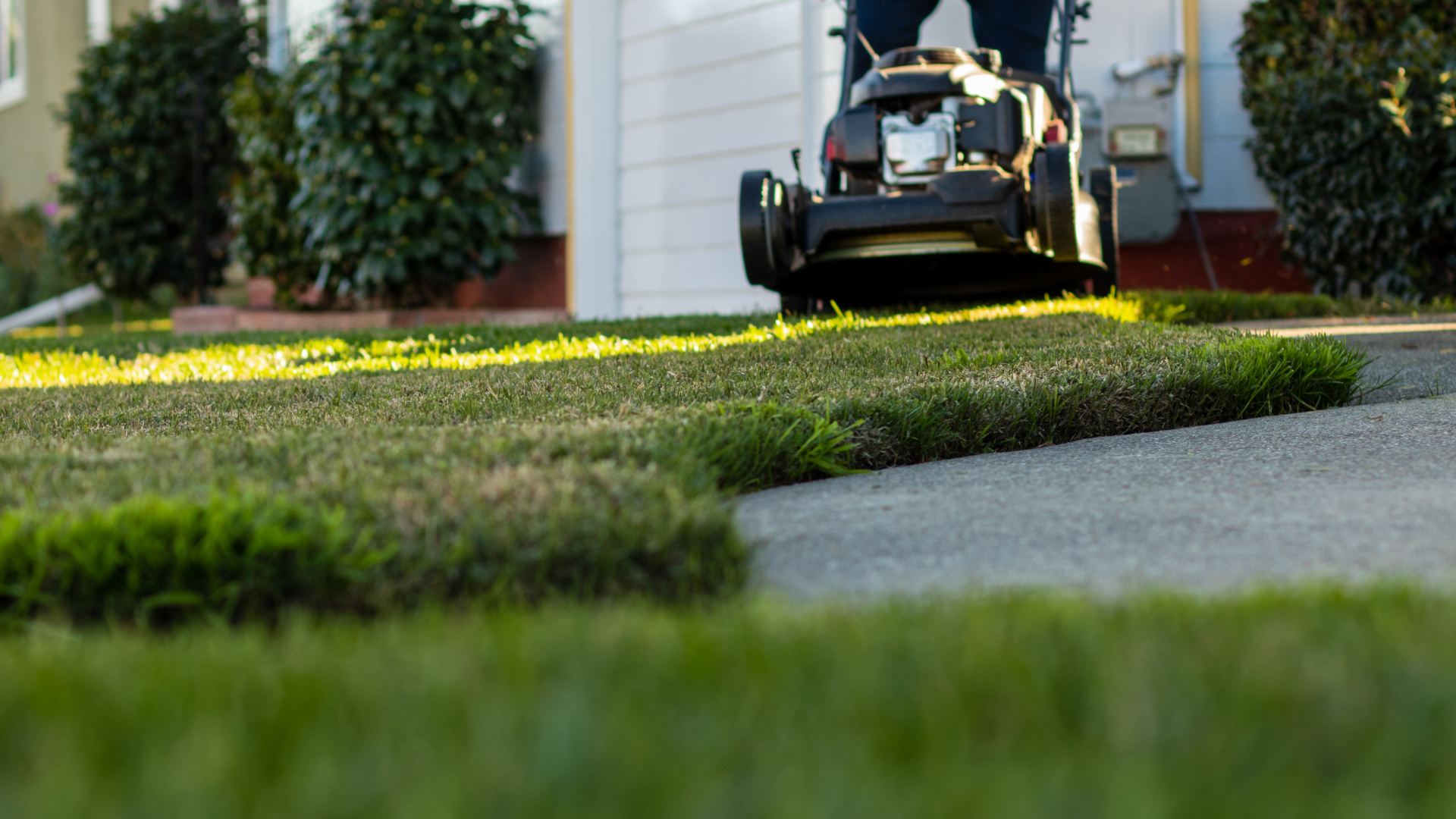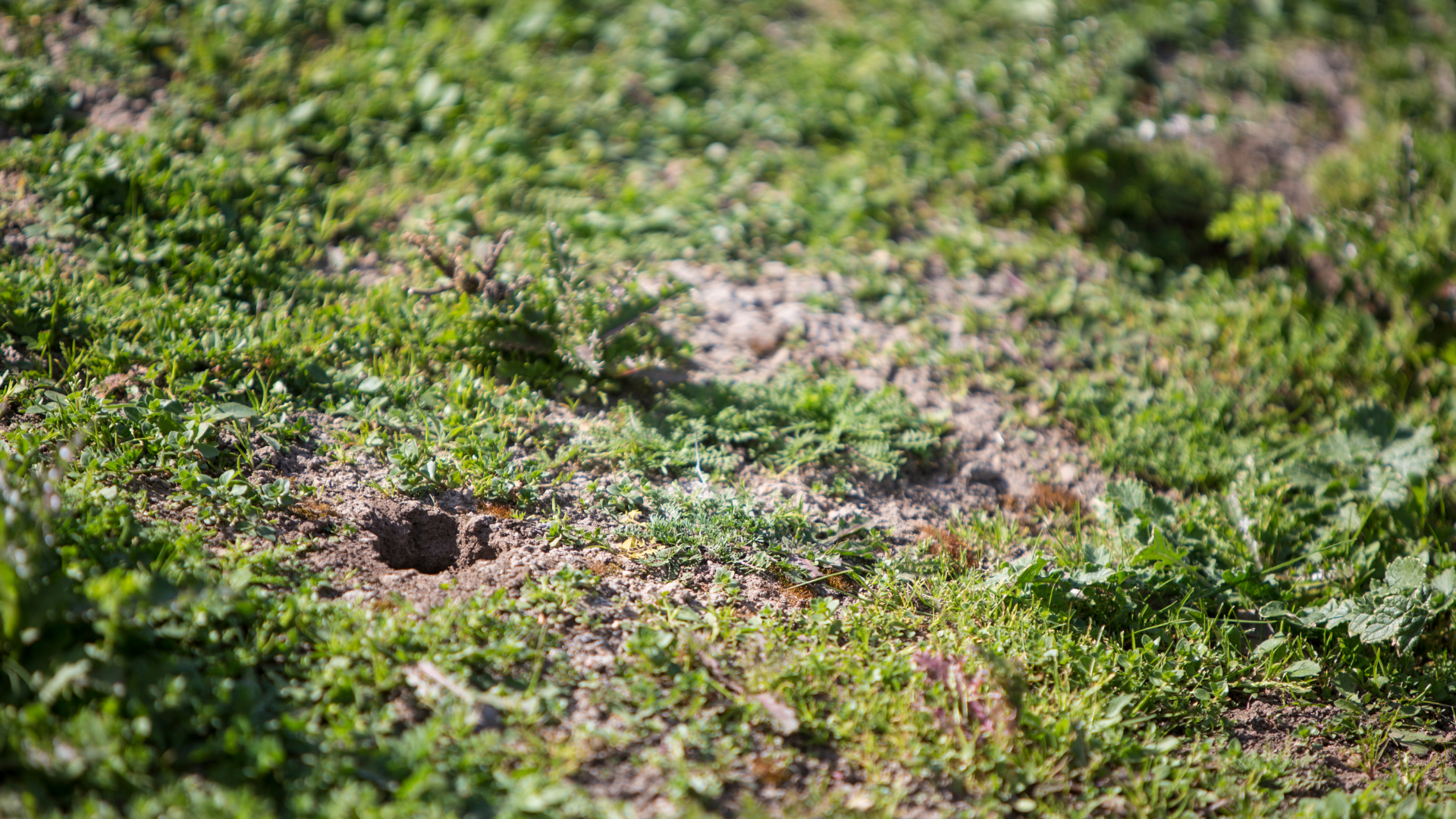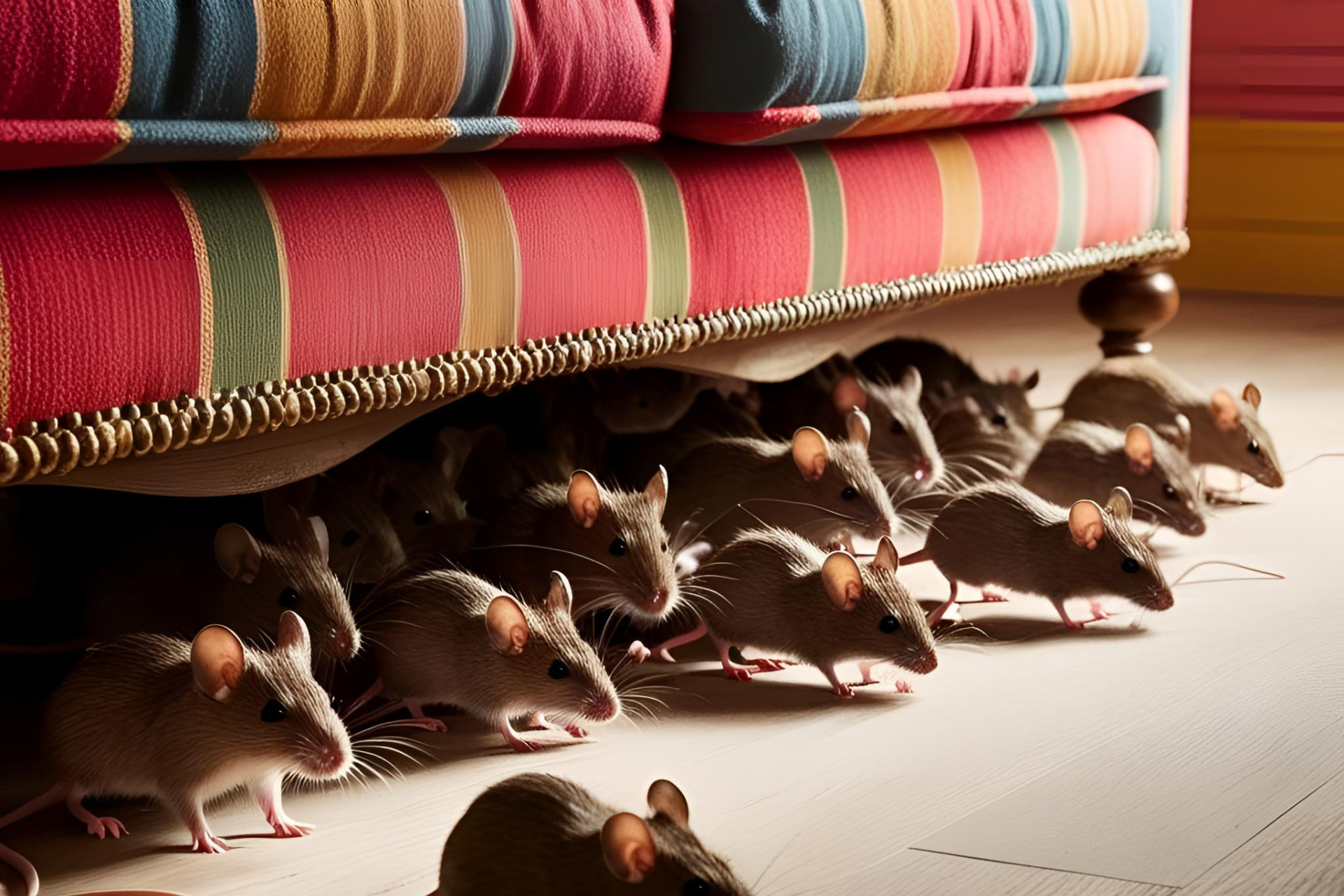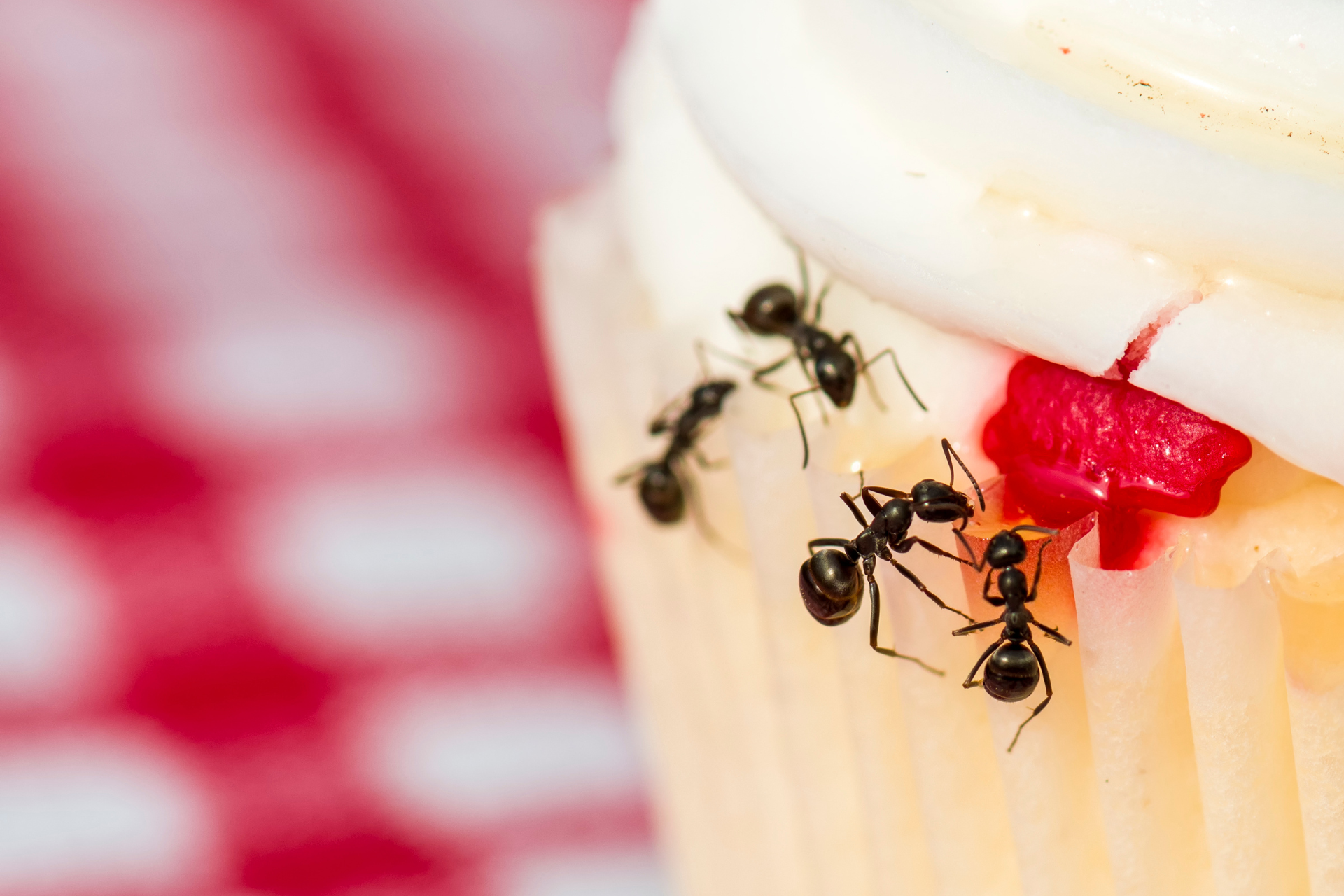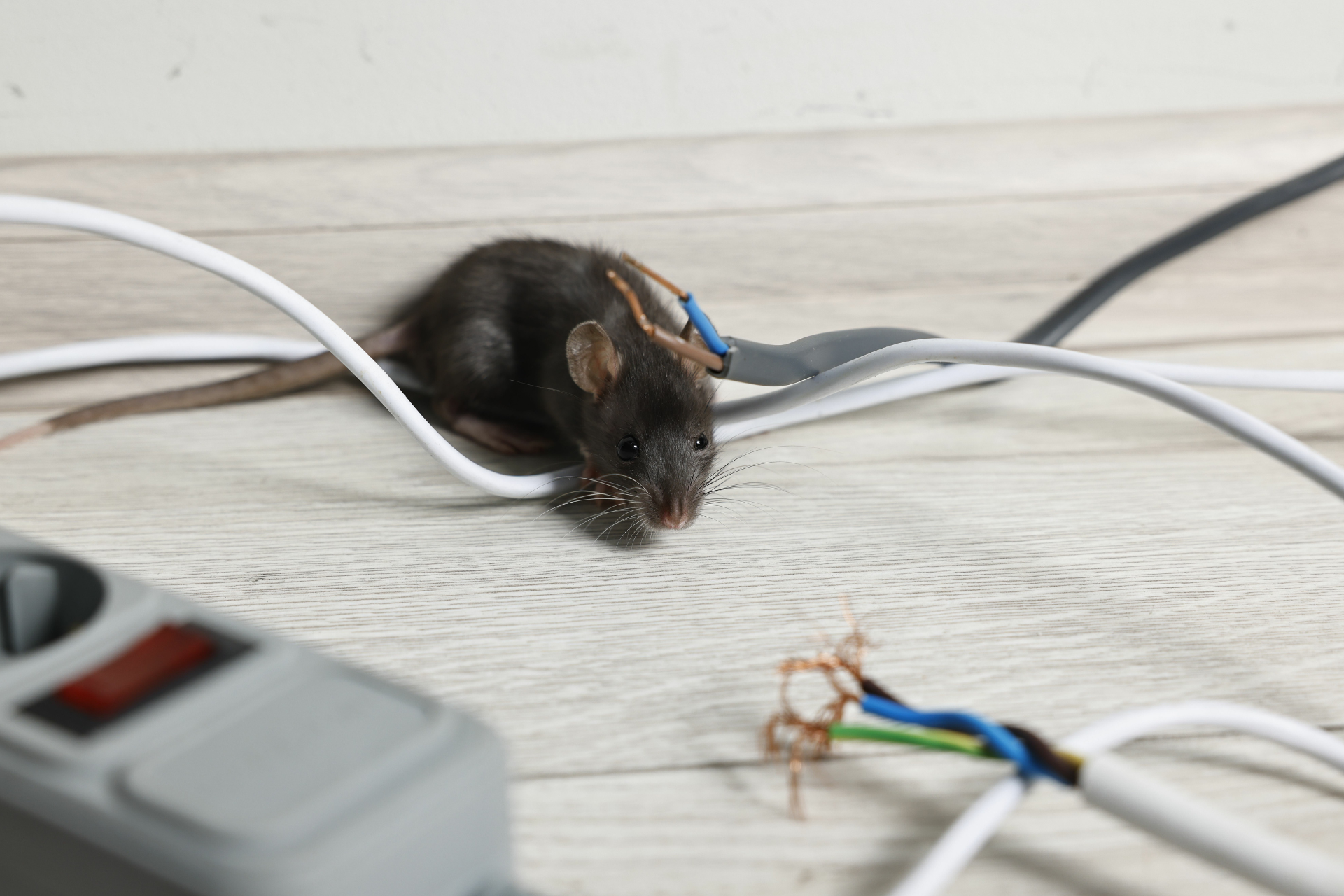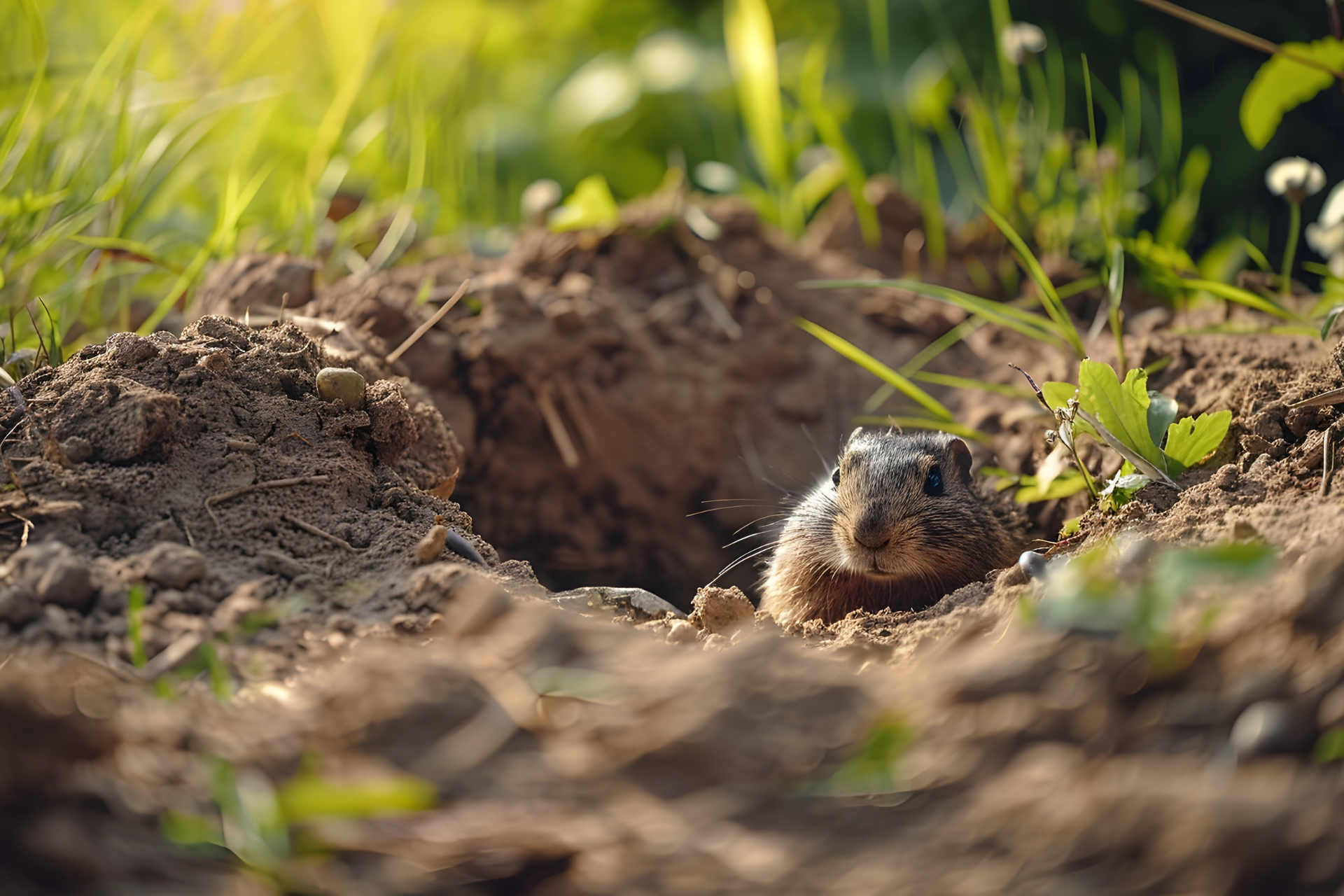Food Storage In Garages Leads To Pest Problems
Many homeowners use their garage as a convenient spot to store extra food supplies. It’s easy to see why—it’s out of the way, usually has plenty of space, and keeps those bulk pantry items off the kitchen shelves. Bags of dog food, extra snacks, and backup cereal boxes often find their way to a corner shelf or plastic bin in the garage. But what starts as a clever storage solution can quietly invite some unwanted guests.
Garages aren’t designed with the same insulation, ventilation, or sealing as the inside of a home. That means small openings around doors, vents, and walls become easy access points for pests looking for shelter or things to eat. Rodents, insects, and even larger critters are drawn to garages because they offer exactly what they need: warmth, darkness, hiding spots, and a food supply that’s not being monitored every day.
Once a few pests find a steady nutrition source, they can settle in quickly and multiply before you notice. What seemed like a harmless bag of dog kibble or box of birdseed can soon become a full-blown infestation that’s tough to control without professional help.
The Everyday Items That Invite Pests In
Most people don’t realize how appealing common garage items are to hungry pests. Pet food is one of the biggest culprits—it’s high in protein, easy to access, and often stored in large open bags. Rodents and insects alike can chew through the packaging or squeeze into gaps where bits of food have spilled. Bird seed is another magnet, especially for mice and ants, since it contains grains and seeds that are naturally enticing.
Snacks and bulk goods stored for long-term use are also at risk. Think granola bars, cereal, rice, or flour bought in large quantities. Even if these items are sealed in their original packaging, many materials are thin enough for pests to chew through. Plastic wrap, cardboard boxes, and thin paper bags don’t stand a chance against a determined rodent or a persistent group of pantry moths.
Sometimes the food isn’t the only attraction. Pests can also be drawn to the smells that linger around containers or the crumbs that collect unnoticed on garage shelves. Even something as minor as a few dropped raisins or a torn seed bag can signal a feast to hungry bugs.
How Garage Conditions Encourage Infestations
Beyond nutrition for the colony, the environment inside most garages naturally supports pest activity. Garages tend to experience wide temperature swings—warm during the day and cool at night—which many insects can tolerate easily. In fact, these conditions often mimic the natural outdoor environments that these unwanted invaders thrive in.
Moisture is another major factor. Condensation from temperature changes or water seeping in from outside can collect in corners, creating damp areas where insects like silverfish, roaches, and beetles can breed. Even small leaks around pipes or the water heater can become a perfect nesting area.
Clutter also plays a big role. Boxes stacked along walls, old furniture, or bags of seasonal decorations give these small squatters the shelter they need to hide and nest. Rodents, especially, are drawn to spaces where they can remain undisturbed while staying close to a food source. The combination of darkness, clutter, and easy access to something to eat creates a near-perfect habitat for pests to thrive without much interruption.
It’s easy to overlook these issues since garages aren’t typically part of a daily cleaning routine. But what goes unnoticed for weeks or months can quickly become a long-term pest problem if not addressed early.
Subtle Signs Creatures Have Moved In
Pests often go undetected until the evidence becomes hard to ignore. One of the first things you might notice is chewed or torn packaging on food items. Tiny teeth marks on bags of grain, pet food, or snacks are a telltale sign that rodents have been at work. You might also spot small droppings nearby, or notice an unpleasant, musty odor that doesn’t seem to go away.
If the infestation has progressed, you could find nesting materials—bits of shredded paper, fabric, or insulation tucked behind boxes or under shelving. Some insects leave behind shells or webbing near food containers. And if you see movement out of the corner of your eye when you turn on the light, it’s a strong indication that bugs are actively living in the space.
At this stage, simple cleanup often isn’t enough. Once pests have made themselves comfortable, they can continue returning to the same spots even after food is removed. The scent trails and nesting materials they leave behind attract the rest of their colony to the same location.
Smarter Storage And Prevention Strategies
Preventing pests from getting into your stored food doesn’t have to be complicated—it just takes a bit of planning and consistency. The most important step is transferring all food into sturdy, airtight containers made of thick plastic or metal. This includes pet food, bird seed, snacks, and dry goods. Containers with tight-fitting lids keep out both rodents and insects while preventing smells from escaping.
It’s also smart to keep food items raised off the floor on shelving rather than stacked in corners. This helps you see what’s being stored and makes it easier to clean underneath. Spills and crumbs should be cleaned up right away, and any damaged packaging should be thrown out rather than left for later.
A quick visual inspection of your garage every few weeks can also make a big difference. Look around doors, corners, and behind stored items for droppings, gnaw marks, or shredded debris. Sealing small cracks or gaps along walls and around the garage door can help reduce entry points for anything searching for warmth and food.
These small efforts can dramatically reduce the chances of attracting pests, but even the best habits can sometimes fall short—especially if there’s already an established population nearby.
When It’s Time To Bring In Professionals
Sometimes infestation problems reach a point where do-it-yourself methods just can’t keep up. If you’re seeing repeated signs of pest activity despite storing food properly and cleaning regularly, it might be time to call in a professional team. Professionals have the tools, training, and knowledge to find where pests are nesting and eliminate them efficiently without disrupting your space more than necessary.
They can also identify hidden entry points you might not notice—such as cracks behind appliances, small gaps in the foundation, or vents that aren’t screened. Beyond removing the pests, professionals can help put preventive measures in place that keep them from returning.
At 101 Gopher & Pest Control, we understand how frustrating and stressful it can be to discover pests in your garage. Our technicians specialize in finding the root of the problem, treating it effectively, and giving you clear guidance on how to keep your garage invader-free. If you’ve spotted any signs of rodents or insects around your stored food, don’t wait for the issue to grow.
Contact 101 Gopher & Pest Control today to schedule an inspection and get back to a clean, pest-free garage.

